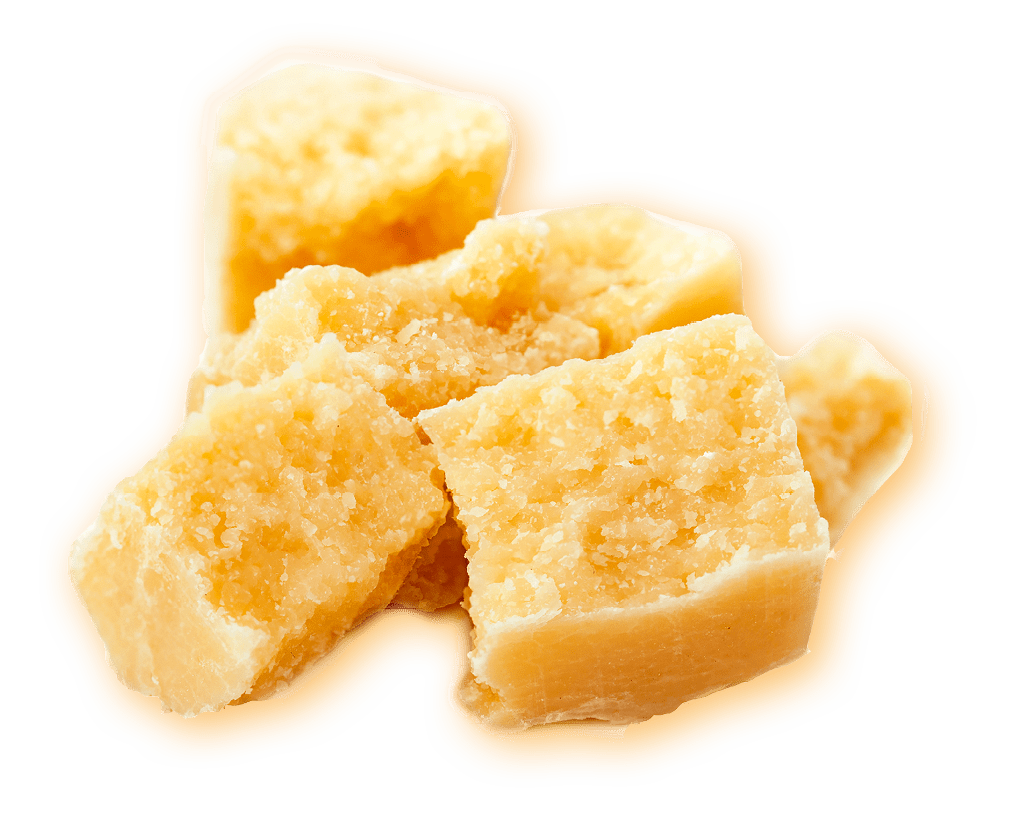The History of Pao de Queijo
The history of Pao de Queijo begins over 400 years ago in the rich farmlands of the newly discovered Brazil. Pao de Queijo is literally translated from Portuguese as cheese bread.
The history of Pao de Queijo begins over 400 years ago in the rich farmlands of the newly discovered Brazil. Pao de Queijo is literally translated from Portuguese as cheese bread.
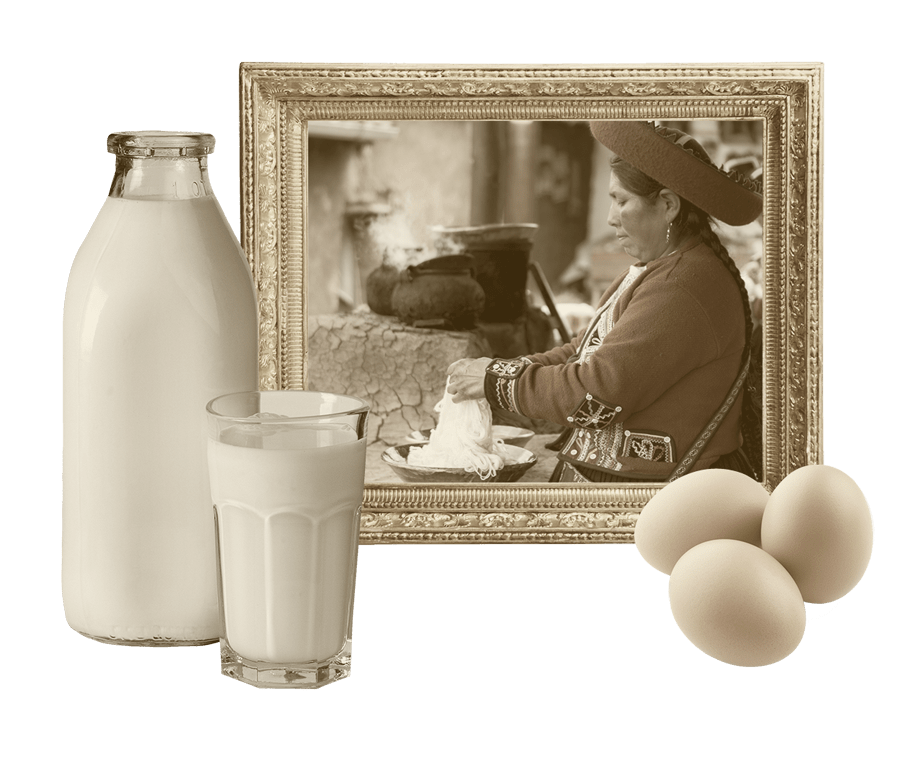





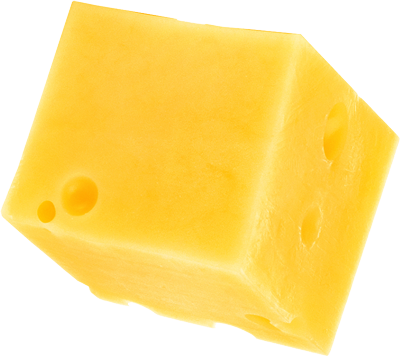
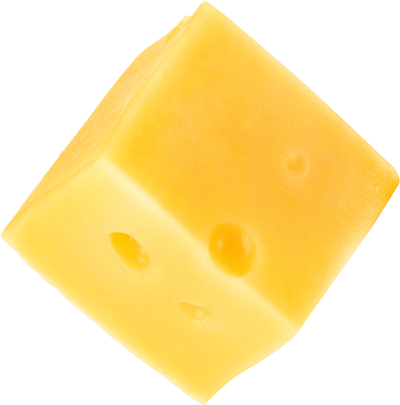
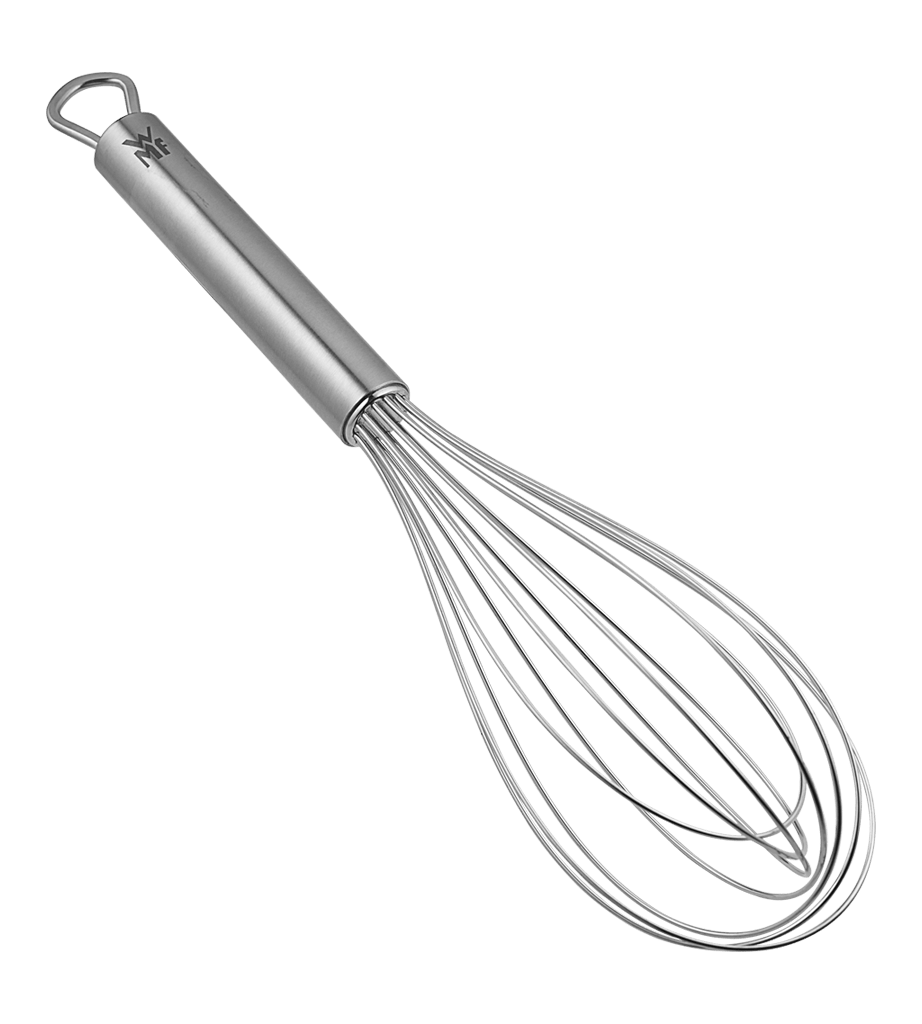
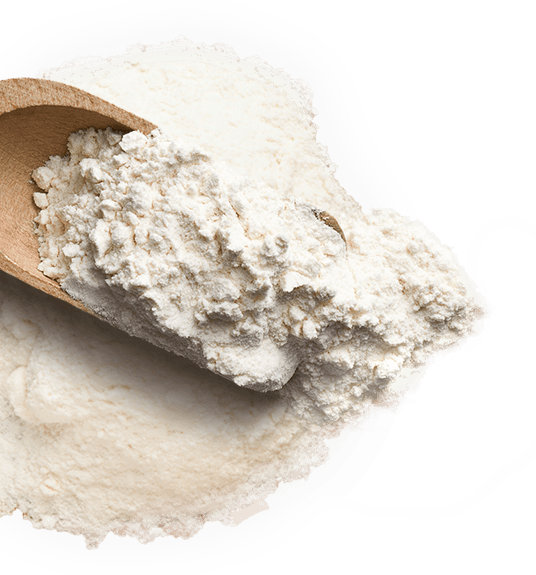

The history of Pao de Queijo began over 400 years ago in the rich farmlands of the newly emerging empire of Brazil. Pao de Queijo is literally translated from Portuguese as cheese bread.
In the early days farm hands in what was then under the sponsorship of the King of Portugal began producing manioc (tapioca) starch for farmland owners. The manioc root was first harvested, peeled, finely grated and soaked in large wooden bowls filled with water. It was then washed, drained and spread across the floor to dry outdoors.
Rather than waste any excess, the workers would collect all the leftover unused white manioc starch from the bottom of the bowls and roll it into small balls which were then baked. Ingredients were in limited supply so the balls were only ever baked with leftover starch, with nothing else added. Over the next 200 years as agriculture started to prosper, workers started to experiment by adding milk and cheese to the traditional recipe.
The result was a snack food that was so irresistible that it quickly spread throughout the country, generating a cultural phenomenon that has evolved for centuries around Pao de Queijo. Brazilian everyday life has become ingrained with the legend of Pao de Queijo, ever-present at special events and gatherings. With a history of bringing people together and lifting their spirits during lunch, dinner or whenever hunger strikes, Pao de Queijo is something that has become part of the very fabric of Brazillian society.
Now we are sharing this delicious treat with the rest of the world.



